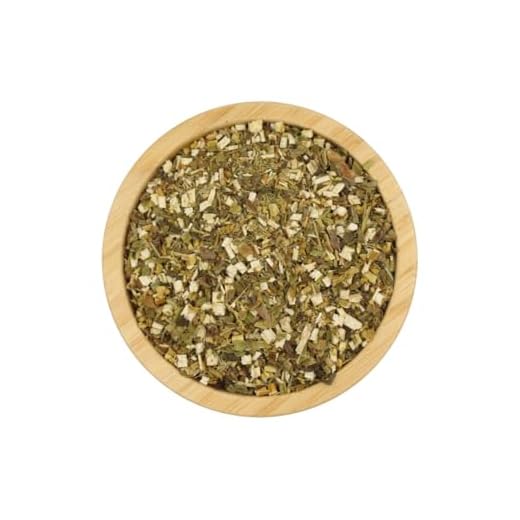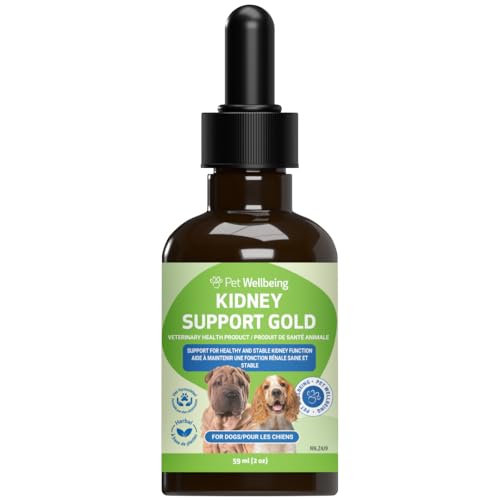


While enjoying a stroll through the park or a hike in nature, you might spot those bright yellow flowers sprouting up everywhere. You may wonder about their safety for your furry friend. The short answer is that these plants are generally non-toxic to pets. However, there are a few important points to consider before allowing your four-legged companion to interact with them.
First, it’s crucial to be aware that while these blooms aren’t harmful, they can cause allergic reactions in some animals. Just like people, dogs can be sensitive to pollen. If you notice your pet sneezing, itching, or experiencing any discomfort after exposure, it’s wise to limit their interaction with these flowers. Observing your canine’s reactions in various environments can help you gauge their sensitivities.
Additionally, keep an eye on where your pooch is exploring. If the plant has been treated with pesticides or herbicides, these chemicals could pose health risks. Always ensure the areas your dog frequents are free from harmful substances. A little vigilance goes a long way in keeping your pet healthy and happy.
Is Goldenrod Safe for Dogs
While many pet owners may wonder about the impact of certain plants on their furry companions, it’s crucial to express that this particular plant is generally not harmful to our four-legged friends. However, individual reactions can vary. Some animals might experience mild digestive upset if they ingest it in large quantities, but this is rare.
Always observe your pet for any unusual behaviour after exposure to new flora. If you notice any signs of distress or allergic reactions, consult your vet immediately. It’s wise to ensure your canine’s diet is well-balanced. For those looking to enhance their pet’s meal options, exploring the best wet dog food for large dogs can be beneficial.
When out on walks, keep an eye on your buddy to prevent them from munching on unknown plants. Educating yourself about local vegetation helps in making informed decisions. If you have any concerns about your pet’s health related to ingestion of certain plants, a trip to the veterinarian is always the best course of action.
Potential Health Benefits of Goldenrod for Canines
This plant can offer several health advantages that may enhance your pet’s well-being. One notable benefit is its anti-inflammatory properties, which can help alleviate joint discomfort and support mobility, especially in older animals. I remember when my lab started showing signs of stiffness after playtime; incorporating extracts from this herb into his diet seemed to ease his discomfort significantly.
Support for Urinary Health
The herb is often praised for its ability to promote urinary tract health. It may assist in flushing out toxins and preventing infections. After noticing my pup had a few accidents indoors, I consulted my vet, who suggested adding some of this plant to his meals. I saw a remarkable improvement in his bathroom habits, which was a relief for both of us.
Boosting Immunity
This botanical also possesses antioxidant properties, which can help bolster the immune system. A strong immune response is vital for overall health, especially during seasonal changes when our furry friends are more vulnerable to illness. I started incorporating this herb during the winter months, and my dog seemed to fend off colds better than before. Always consult with a vet before making any changes, but the potential benefits of this plant are worth considering for your furry friend’s health routine.
Common Risks and Side Effects of Goldenrod Consumption
While many might consider introducing this plant into their pet’s diet, it’s vital to be aware of potential health complications. Adverse reactions can occur, and these should be taken seriously.
The primary concerns include allergic reactions, which may manifest as skin irritations or gastrointestinal upset. Some animals may experience vomiting or diarrhoea after ingesting this herb. If your furry friend shows signs of distress, such as excessive scratching, swelling, or changes in behaviour, it’s crucial to seek veterinary advice immediately.
Another risk to consider is the contamination of the plant. If harvested from the wild, it might be exposed to pesticides or pollutants which could pose significant health threats. Always ensure that any herbal remedy is sourced from a reputable provider.
Additionally, it’s important to note that this plant can interact with certain medications, particularly those related to blood thinners or anti-inflammatory drugs. Always consult with your veterinarian before introducing any new supplement into your companion’s diet.
| Risk | Symptoms | Action |
|---|---|---|
| Allergic Reaction | Itching, swelling, vomiting, diarrhoea | Contact vet immediately |
| Contamination | Varies depending on toxins present | Ensure safe sourcing |
| Medication Interaction | Varies based on specific drugs | Consult veterinarian |
Awareness of these risks can help ensure your pet remains healthy and happy. Always prioritise their well-being when considering any new additions to their diet.
How to Introduce Goldenrod into Your Dog’s Diet
Start with a small quantity. If you’re considering adding this herb to your furry friend’s meals, use a pinch of dried herb mixed into their usual food. Observe how they react for a few days before increasing the amount. This gradual approach helps identify any adverse reactions early.
Form and Preparation
Use dried or powdered forms for easier integration. If you have access to fresh leaves, you can chop them finely and mix them into a homemade treat. Always ensure any plant is sourced from a safe area, free of pesticides and chemicals.
Frequency of Inclusion
Incorporate it a few times a week rather than daily. This keeps their diet varied and allows you to monitor their health closely. Balance is key; mix it with other safe herbs like parsley or basil for added flavour and nutritional benefits.
Always consult your vet before making any changes to your pet’s diet, especially with new ingredients. They can provide guidance tailored to your companion’s specific health needs.
Signs of Allergic Reactions to Goldenrod in Dogs
Watch closely for symptoms if your furry companion has ingested this plant. Common indicators of an allergic response include:
- Itching or Scratching: Excessive scratching or biting at the skin may occur, particularly around the face, ears, and paws.
- Red or Inflamed Skin: Look for patches of redness or inflammation, which can signify irritation.
- Hives: Raised welts or bumps may appear on the skin, resembling insect bites.
- Digestive Issues: Vomiting or diarrhoea can indicate an adverse reaction, especially if accompanied by lethargy.
- Respiratory Distress: Watch for coughing, wheezing, or difficulty breathing, which may suggest a more severe allergic response.
What to Do If You Notice These Signs
If any of these symptoms arise, take immediate action:
- Contact your veterinarian for advice tailored to your pet’s condition.
- Monitor your pet’s behaviour closely for any changes.
- Consider keeping a record of which plants or foods your pet has been exposed to for future reference.
Being vigilant about these signs can help ensure your canine friend remains healthy and happy. Always err on the side of caution, as early intervention can make a significant difference in outcomes.
Consulting with a Veterinarian about Goldenrod for Your Canine Companion
Always consult your veterinarian before introducing any new herb or plant to your pet’s diet. They can provide tailored advice based on your furry friend’s health history and dietary needs. A vet can evaluate whether certain elements of this plant could interact with medications or conditions that your pet may have.
Questions to Ask Your Veterinarian
When meeting with your vet, consider asking the following questions: What are the potential benefits of this herb? Are there any contraindications or possible side effects I should be aware of? How much should I give my pet? These inquiries can help clarify whether this plant is a good addition to your pet’s nutrition.
Monitoring After Introduction
After you have the green light from your vet and start incorporating this herb into your pet’s meals, closely monitor their behaviour and health. Any changes, whether positive or negative, should be reported back to your veterinarian for further guidance. Keeping a log of your pet’s reactions can also be useful for future consultations.





